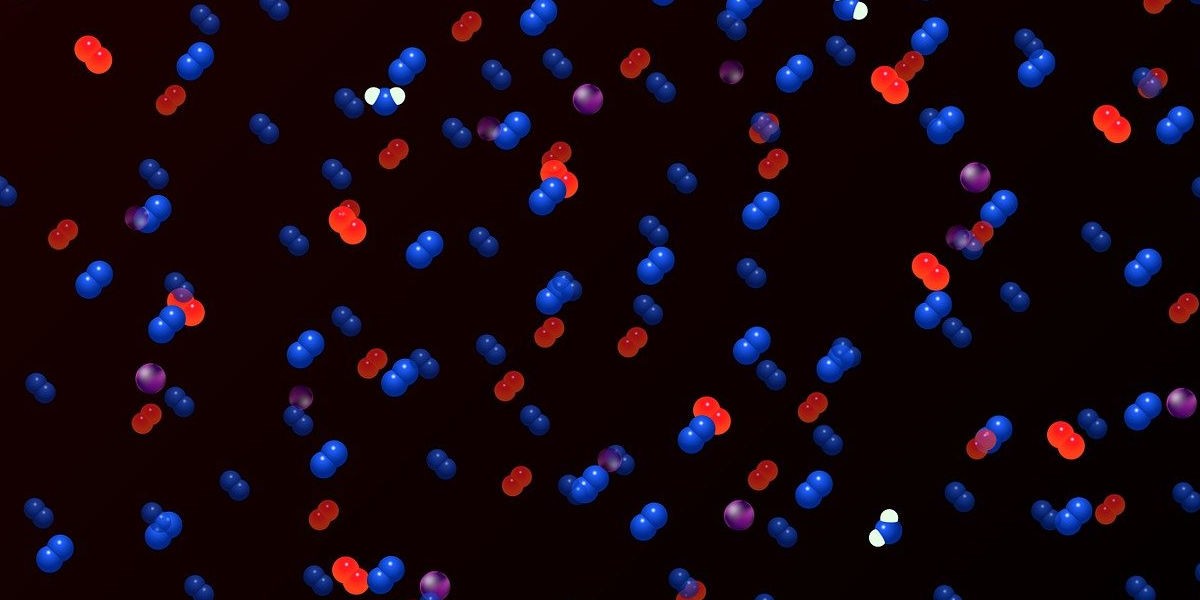If you've ever wondered why a raw egg doesn't uncrack itself or why your coffee doesn't spontaneously chill, you're about to embark on a fascinating journey through the laws of thermodynamics. Designed specifically for novices, this article, "Thermodynamics for Beginners," will guide you from the shallow end of the pool into these profound scientific principles' deeper waters.
The Basics: Thermodynamics for Beginners
In essence, thermodynamics examines the movement and conversion of energy. This can sound a little abstract without concrete examples, and that's where the laws of thermodynamics come in. They offer explicit, real-world scenarios that illustrate what thermodynamics means in practice.
For instance, think about heat transfer. If you leave a hot cup of tea on a cold countertop, after a while, you'll come back to find a lukewarm tea and a slightly warmer countertop. This is a simple case of how energy moves and changes - going from the hot tea to the cooler countertop - and a basic illustration of thermodynamics.
Introduction to the Laws of Thermodynamics
Understanding thermodynamics involves grappling with its central principles, often referred to as the laws of thermodynamics. There are four laws, conveniently named the zeroth, first, second, and third laws. As confusing as their numbering system is, each law has its place and purpose in the field of thermodynamics, laying the foundation and building up to more intricate concepts.
The zeroth law lays down a fundamental principle about thermal equilibrium. It's so basic, scientists realized it needed to be acknowledged even before the first law, hence the name zeroth!
On to the first law, which portrays energy as a conservationist, never created nor destroyed, only ever transferred or transformed. Following that, the second law introduces a concept equally as unsettling as it is fascinating: entropy. Lastly, the third law offers a hard reality - that zero entropy is unattainable, no matter how we try.
Can the Second Law of Thermodynamics be Broken?
Imagine dropping a glass on the floor, shattering it into pieces. Now, picture those pieces suddenly gathering themselves, floating in the air, and reforming into a whole glass again. Sounds like a scene from a movie, right? That's because, according to the second law of thermodynamics, it's unlikely to happen in our world.
The second law talks about entropy, often seen as a measure of chaos or disorder in a system. In simple terms, entropy always increases, meaning systems will naturally progress towards disorder. So, our shattered glass won't naturally piece itself back together because that would mean a decrease in entropy, going against the second law.
Thermodynamics, in simple terms, is a scientific law that studies the transfer of energy and the interconversion of energy forms in physical and chemical systems. Strikingly, this transfer of energy introduces a certain degree of disorder which is irreversible in isolated systems. This, in essence, is entropy - the quantifiable measure of disorder or randomness. Entropy demonstrates how the universe tends towards chaos, pushing crucial systems to reach a state of maximum randomness. But, are these laws truly unbreakable?
As we delve into this exciting exploration of thermodynamics and its almost unbreakable laws, we need to comprehend how they apply to our everyday experiences. We might argue that we can challenge entropy since our world despite being chaotic, has order in it. For example, we see growth, evolution, and complex designs everywhere in nature. Yes, while it seems a defiance against entropy, it is conceivably a result of another fundamental law of nature – the law of natural selection.
The Curious Connection: Thermodynamics and Life
Life, as we understand, is a battle against entropy. The processes occurring in living organisms seem to oppose the second law of thermodynamics by creating order from disorder. However, this is where the law shines by its inherent design. The rule does not state that order cannot be created. Instead, it suggests that the total entropy of an isolated system can only increase. This means, on a microscopic level, order can be generated locally if it contributes to the greater chaos globally.
Deciphering Entropy with Quantum Physics
Quantum physics, another realm of modern science, throws light onto entropy like never before. Quantum entanglement – a phenomenon where particles share an unbreakable bond, allowing one particle’s state to instantly influence the other, even if they are light-years apart, seems to possibly resist the second law of thermodynamics. Intriguingly, the particles in this state have a specific order no matter the distance. However, while this appears to challenge entropy, it is essential to acknowledge that it doesn't violate the law as quantum systems are not in thermodynamic equilibrium.
Is the Law of Entropy Unbreakable?
The laws of thermodynamics, especially entropy, while deeply embedded in all physical entities, are seemingly defied in both natural selection and quantum entanglement. However, it is, in essence, an adherence to the greater chaotic nature of the universe where local instances of order are permitted, provided it results in greater randomness at the macro level.
Hence, while the laws of thermodynamics and entropy appear unbreakable, they also allow and facilitate apparent acts of defiance and order. Understanding this dichotomy deepens our perspective on the interplay of order and chaos in the universe, creating room for paradoxes, new theories, and subsequent discoveries.
To sum up, challenging entropy is a fascinating journey - an exploration and understanding of the continuously changing and complex world of chaos versus order. While the laws seem unaltering, there is an undeniable mysterious space that fuels scientific interest and research.




